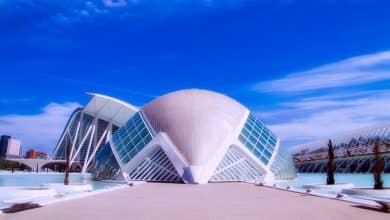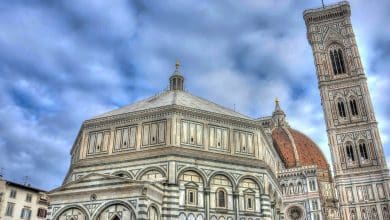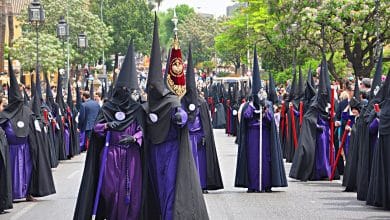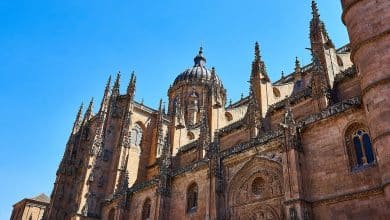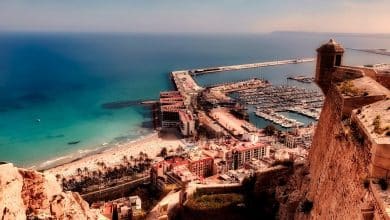Buen Retiro Park and the Crystal Palace attraction In Madrid

These beautiful structures in Madrid were built with cast iron. El Retiro Park’s Glass Palace, a UNESCO World Heritage Site, is one of Madrid’s most popular attractions. It was initially built in 1887 as a greenhouse to exhibit the Philippines’ flora and fauna as part of a Spanish-controlled show. Presently owned by the Reina Sofia Museum, the space is used year-round as a venue for temporary exhibitions.
Who Designed the Buen Retiro Park and the Crystal Palace?
Architect Ricardo Velázquez Bosco designed it in the late 19th century. The Crystal Palace, designed by Joseph Paxton and erected in Hyde Park, London, influenced him. It was based on this design. The glass and cast iron structure are supported by a brick foundation covered with ceramic tiles created by well-known Spanish ceramist Daniel Zuloaga. The dome of the Church-Convent of Santa Teresa and the adjoining Velázquez Palace both have tiles by Zuloaga. The castle, which was restored in 1975, is surrounded by horse chestnut trees. Visitors to the Reina Sofa Museum may see ducks and geese in their natural habitat at this location, only a few blocks away from the Velázquez Palace, where temporary exhibitions are also held.

In designing the glass-enclosed, dome-shaped structure, the designers took inspiration from London’s Crystal Palace. Originally, it was envisioned as a vast greenhouse where rare Philippine plant species might be shown. Today, the Palacio de Cristal holds alternating exhibitions of antiquities and other exhibits from the Reina Sofia Museum. A fountain in the middle of a man-made pond adds to the opulence of the building. The park’s English name, “Park of the Pleasant Retreat,” translates to “Park of the Pleasant Retiro” in Spanish.
Read more about the best things to do in Spain
Interesting facts about the Crystal Palace structure
As a Greek cross, the Palacio de Cristal is built almost entirely of glass, with the iron framework resting on a brick base decorated with ceramic tiles. There are over 22 meters of construction because of the cupola. In Madrid, a French architect had previously built a large-scale glass and iron structure at Delicias station in 1880; nevertheless, the Palacio de Cristal’s curving design is more reminiscent of British architects Joseph Paxton and Decimus Burton, who were responsible for London’s Crystal Palace. A large-scale glass and iron structure were already in place in Madrid at Delicias station when it was built (1880). (he was in charge of Kew Gardens’ Palm House). The Palacio de Cristal was one of the Philippines Exposition’s major venues, alongside the Pabellón Central.
Location
To get to the location from Buen Retiro Park, use Paseo Fernan Nunez or Paseo Republica de Cuba.

